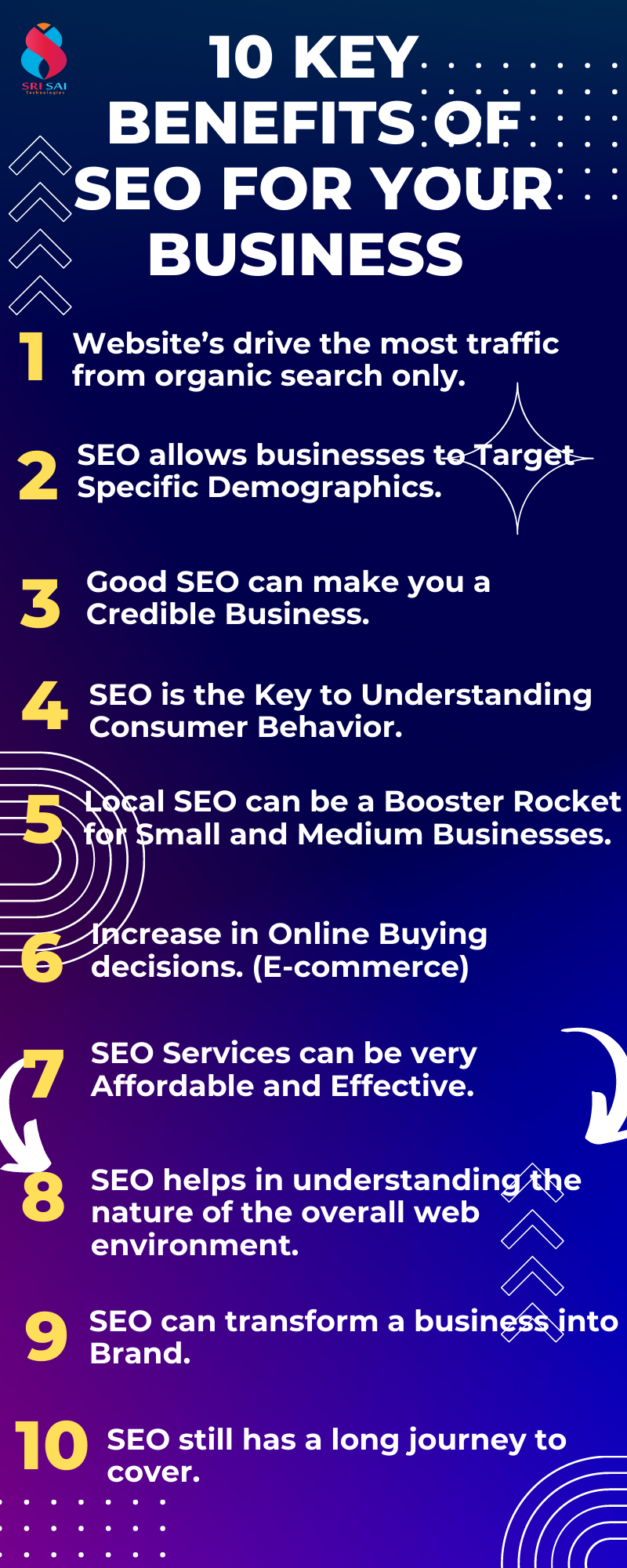Key Aspects of What Is Ruled Out a Default Medium in Google Analytics
Wiki Article
Unveiling the Unconventional Mediums in Google Analytics Beyond Default Settings
In the realm of digital analytics, Google Analytics stands as a foundation for companies looking for to understand their online presence. By venturing beyond the surface and diving into the ins and outs of social media information, email project efficiency, referral website traffic sources, direct traffic patterns, and custom-made channel groupings, a prize trove of details waits for those willing to welcome a more nuanced approach.
Leveraging Social Media Site Insights
Occasionally ignored, yet tremendously useful, is the technique of leveraging social media sites understandings within the world of Google Analytics. By integrating information from platforms like Facebook, Twitter, Instagram, and LinkedIn into Google Analytics, organizations can get a deeper understanding of their target market and the performance of their social networks projects.Via this assimilation, marketing experts can evaluate and track individual actions on their website that originates from social media sites platforms. They can determine which social media sites channels are driving one of the most traffic, which content is reverberating with the target market, and which campaigns are transforming the most leads. This understanding permits data-driven decisions to maximize social media sites approaches and enhance general advertising and marketing efficiency.
Additionally, by incorporating social media sites insights with Google Analytics, businesses can develop extra targeted and personalized campaigns - what is not considered a default medium in google analytics. They can use group details, interests, and on-line behaviors gathered from social media to improve their target market segmentation and deliver tailored messages that resonate with details consumer teams. This targeted strategy can lead to greater engagement, boosted conversions, and eventually, boosted roi
Uncovering Email Project Efficiency
Revealing Email Project Efficiency includes examining crucial metrics and performance indications to evaluate the effectiveness of email advertising efforts. When delving right into email campaign performance, it is vital to evaluate metrics such as open rates, click-through rates, conversion prices, and unsubscribe rates. Open rates indicate the portion of receivers that opened up the email, offering insight right into the effectiveness of subject lines and sender names. Click-through prices gauge the percentage of recipients who clicked web links within the e-mail, showing engagement levels. Conversion rates track the percentage of recipients who completed a desired activity after clicking on a link in the e-mail, such as authorizing or making an acquisition up for a newsletter. Lastly, unsubscribe rates highlight the number of recipients that opted out of receiving additional e-mails, clarifying email material quality and relevance. By examining these metrics, marketing professionals can fine-tune their e-mail advocate much better involvement and performance.Studying Recommendation Web Traffic Sources
After examining the efficiency of email projects with key metrics such as open rates and conversion rates, the next critical action is evaluating recommendation website traffic sources in Google Analytics to understand where site visitors are originating from and how they connect with the website. Referral web traffic sources describe the sites that route individuals to your website via clickable links. By delving right into this data, companies can get understandings into which exterior platforms are driving web traffic to their website, whether it be social networks platforms, companion internet sites, or online directories.Analyzing referral traffic can supply useful information on the performance of outside advertising and marketing initiatives and collaborations. It helps services recognize high-performing recommendation sources that add considerably to additional reading web site web traffic and conversions. Additionally, by recognizing the habits of visitors coming from various reference sources, businesses can tailor their marketing methods to maximize engagement and conversions. Google Analytics offers in-depth records on reference website traffic, enabling services to track the efficiency of each recommendation resource precisely and make data-driven choices to boost their on the internet visibility.
Discovering Direct Website Traffic Patterns
Discovering the straight web traffic patterns in Google Analytics provides beneficial insights into customer actions and the performance of campaigns - what is not considered a default medium in google analytics. Straight website traffic describes visitors that land on a site by directly keying the link into their web browser, using book marks, or clicking untagged web links. Comprehending direct traffic patterns can assist marketing experts assess the impact of offline advertising efforts, brand recognition, and the efficiency of word-of-mouth referencesBy diving right into direct web traffic data, organizations can discover critical information regarding customer intent and brand commitment. Analyzing the actions of straight site visitors, such as the pages they see, the time spent on site, and the conversion price, can give a deeper understanding of individual involvement and the overall effectiveness of the site in converting site visitors into consumers.
Furthermore, tracking direct traffic patterns in time permits businesses to recognize patterns, visit this site right here seasonality effects, and the success of specific campaigns or promos in driving straight brows through. This information can then be used to improve advertising and marketing methods, enhance internet site web content, and improve the overall individual experience to make the most of conversions.
Using Custom-made Channel Groupings
Using customized network collections in Google Analytics permits services to classify and examine their site web traffic based upon details standards, giving important understandings for enhancing advertising strategies. Custom-made network groups allow firms to create their own tailored groups of web traffic sources, such as social media, natural search, email projects, and referral traffic. By specifying these groups, companies can obtain a much deeper understanding of how different marketing channels add to their site traffic and conversions.This feature is particularly valuable for organizations with varied advertising strategies throughout numerous systems. A company running both paid and natural social media campaigns can differentiate in between the 2 to examine their private performance accurately. Furthermore, personalized network groupings can aid recognize any kind of ignored or undervalued web traffic sources that may be driving useful interaction.
why not find out more
Conclusion

By venturing past the surface and delving into the ins and outs of social media data, email campaign performance, recommendation website traffic resources, straight web traffic patterns, and customized channel groups, a treasure trove of details awaits those willing to welcome a more nuanced method. They can determine which social media networks are driving the most traffic, which web content is resonating with the target market, and which projects are converting the most leads.After reviewing the performance of e-mail campaigns via vital metrics such as open prices and conversion prices, the next essential action is analyzing reference traffic resources in Google Analytics to understand where website site visitors are coming from and how they engage with the site. Custom-made channel collections allow companies to create their own personalized groups of website traffic resources, such as social media, organic search, e-mail projects, and recommendation website traffic. By leveraging social media understandings, discovering email campaign efficiency, examining recommendation web traffic sources, discovering direct website traffic patterns, and utilizing personalized channel groups, marketers can acquire valuable understandings right into their on the internet existence.
Report this wiki page